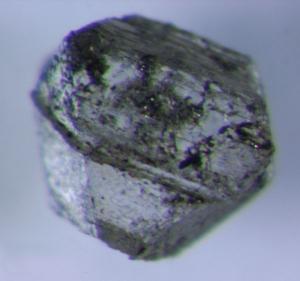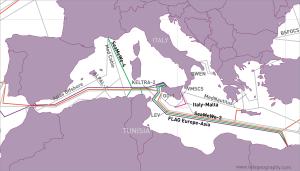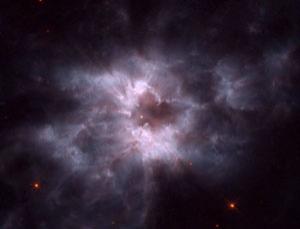
© R TappertThe Eurelia diamonds are the latest ultra-deep diamonds to have been found.
Talk about deep, dark secrets. Rare "ultra-deep" diamonds are valuable - not because they look good twinkling on a newlywed's finger - but because of what they can tell us about conditions far below the Earth's crust.
Now a find of these unusual gems in Australia has provided new clues to how they were formed.
The diamonds, which are white and a few millimetres across, were found by a mineral exploration company just outside the small village of Eurelia, some 300 kilometres north of Adelaide, in southern Australia. From there, they were sent to Ralf Tappert, a diamond expert at the University of Adelaide.
Tappert and colleagues say minerals found trapped inside the Eurelia diamonds could only have formed more than 670 kilometres (416 miles) beneath the surface of the Earth - a distance greater than that between Boston and Washington, DC.



Comment: Several cables were cut in January 08, speculations as to the reasons for that 'rare' event included:
A subtle message to Iran, an example of how their communications can be affected by outside forces?
Maybe this is a prelude to an attack, or perhaps a test run for a future one?
The long-awaited Iranian Oil Bourse, a place for trading oil, petrochemicals and gas in various non-dollar currencies, was about to be opened.
Conspiracy theories and cut InterTube cables. He who controls information flow, controls pretty much everything. If the US did manage to tap into the entire middle east's net connections with these "accidents", our lives have just gotten much more complex.